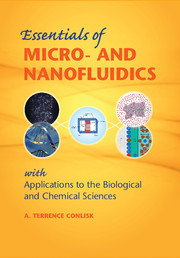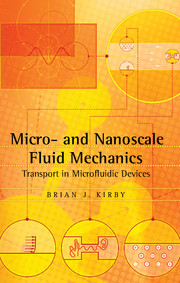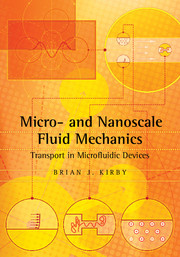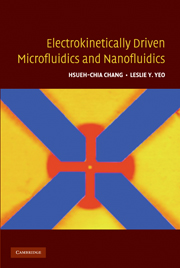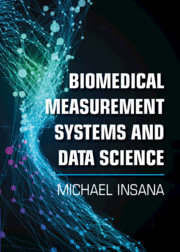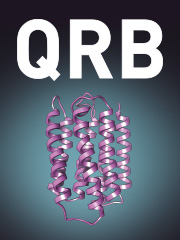Essentials of Micro- and Nanofluidics
This textbook introduces students to the basic physical principles to analyse fluid flow in micro- and nano-size devices. This is the first book that unifies the thermal sciences with electrostatics and electrokinetics and colloid science; electrochemistry; and molecular biology. Key concepts and principles are discussed, such as the essentials of viscous flows, introductory electrochemistry, heat and mass transfer phenomena, elements of molecular and cell biology and much more. State-of-the-art analytical and computational approaches to problems in all of these areas are presented, especially electrokinetic flows, and examples are given of the use of these approaches to design devices used for rapid molecular analysis, biochemical sensing, drug delivery, DNA analysis, the design of an artificial kidney and other transport phenomena. There are exercise problems and modern examples of applications, as well as a solutions manual available for qualified instructors.
- A truly interdisciplinary book unifying the thermal sciences with electrostatics and electrokinetics and colloid science, electrochemistry and molecular biology
- Discussion of the history of fluid mechanics, heat and mass transfer, electrostatics and electrodynamics
- Contains short vignettes on various aspects of micro- and nanofluidics and on some of the great names in science
Reviews & endorsements
'This book is clearly written at an appropriate level for the target audience. Generous illustrations. Summing up: recommended. Upper-division undergraduates and graduate students.' R. Darby, Choice
Product details
February 2013Hardback
9780521881685
552 pages
260 × 183 × 31 mm
1.13kg
117 b/w illus. 40 tables 170 exercises
Available
Table of Contents
- 1. Introduction and overview
- 2. Preparatory concepts
- 3. The governing equations for an electrically conducting fluid
- 4. The essentials of viscous flow
- 5. Heat and mass transfer phenomena in channels and tubes
- 6. Introduction to electrostatics
- 7. Elements of electrochemistry and the electrical double layer
- 8. Elements of molecular and cell biology
- 9. Electrokinetic phenomena
- 10. Essential numerical methods
- 11. Molecular simulations
- 12. Applications
- Appendix 1: matched asymptotic expansions
- Appendix 2: vector operations in curvilinear coordinates.

